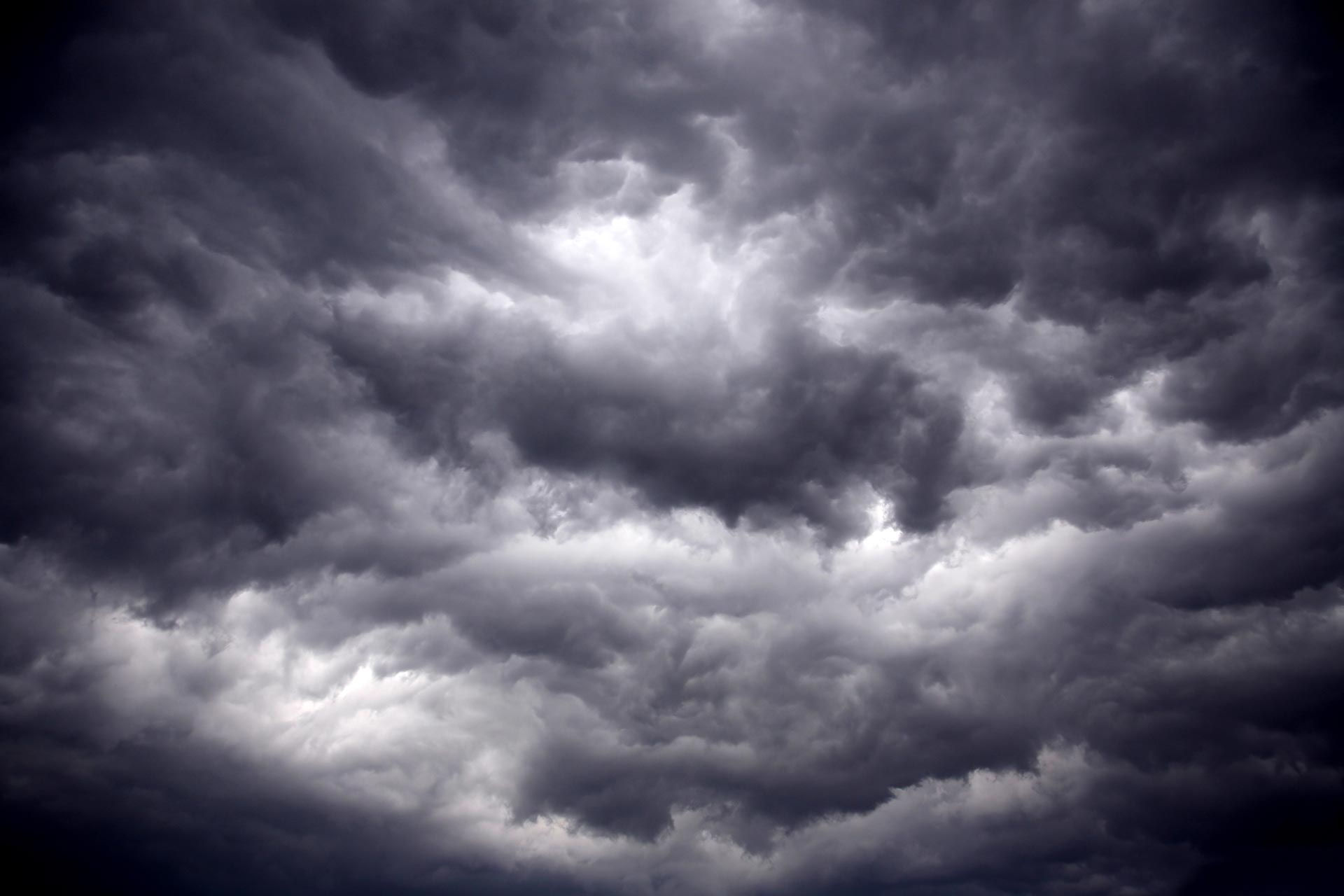UH OH, THE WOOLLY BEARS ARE OUT EARLY...
Here we are entering the month of August. Summer is racing by and before we know it will fade like the setting sun. Now is the time when the forces of nature start joining to lay the foundation of winter. The severity of the cold and snow to come is always a topic of great speculation. While the physical drivers of the atmosphere are the ultimate keys to any winter, there are other living components that some believe can give us clues to hang a forecast on.

One creature that has long held fascination as a predictive tool is the woolly bear caterpillar. Every year I always look forward to seeing what the woolly bear is fore-telling. My research tells me the woolly has 13 distinct segments of either rusty brown or black. The wider the rusty brown sections (or the more brown segments there are), the milder the coming winter will be. The more black there is, the more severe the winter.
The position of the longest dark bands supposedly indicates which part of winter will be coldest or hardest. If the head end of the caterpillar is dark, the beginning of winter will be severe. If the tail end is dark, the end of winter will be cold. In addition, the 13 body segments are said to correspond to the 13 individual weeks of winter.

The woolly bear took its proud position in forecasting lore back In the fall of 1948 when Dr. C. H. Curran, curator of insects at the American Museum of Natural History in New York City, took his wife to Bear Mountain State Park to look at woolly bear caterpillars. Here he collected as many caterpillars as he could and determined the average number of reddish-brown segments, and then forecast the coming winter weather through a reporter friend at The New York Herald Tribune. His experiment, which continued over the next eight years attempted to prove long standing weather folklore that's as old as the hills around Bear Mountain. The resulting publicity made the woolly worm the most recognizable caterpillar in North America.
From 1948 to 1956, Dr. Curran’s average brown-segment counts ranged from 5.3 to 5.6 out of the 13-segment total, meaning that the brown band took up more than a good third of the woolly bear’s body. The corresponding winters turned out milder than average, and the Dr. concluded that the folklore had some merit and might be true.

Curren knew that his data samples were small. Although the experiments legitimized folklore to some, they were mainly an excuse for having fun. Most scientists discount the folklore of woolly bear predictions as just that, folklore. However, some entomologists believe there is a link between winter severity and the brown band of a woolly bear caterpillar. They think there's evidence that the number of brown hairs has to do with the age of the caterpillar—in other words, how late it got going in the spring. The [band] says something about a heavy winter or an early spring. The only problem is … it’s probably telling you about the previous year.
The caterpillar's coat is a story in itself. In fact, it's how Mother Nature allows it to survive during winter. The fur is called setae and it isn't there to protect them from the cold weather. Instead it actually helps them to freeze more controllably. Here is something amazing. Once settled in, the caterpillars hibernate, creating a natural organic antifreeze called glycerol. They freeze bit by bit, until everything but the interior of their cells are frozen. These interior cells are protected by the hemolymph. Woolly bears can survive to temperatures as low as -90F.

Normally I rely on my weather folklore expert Steve Gottschalk of Lowden, Iowa to get my insights on the number of woolly bears and what they are showing for any given winter. Usually I hear from Steve on the topic in September. However, today I opened my email to find that Steve has already had 6 woollies reported and the colors are indicating a colder winter. He went on to say that the old timers believe that when the woolly bears show up this early, it means an early and cooler than normal fall. That's the double whammy, the back to back pain of a cold fall and winter. Say it ain't so!
Before you buy your mukluks a word to the wise. If I recall correctly, I think Steve told me that the verification rates of his woolly bear forecasts are only about 60-65%. That's 2 out of every 3 years at best. I would wait for some additional signs such as how high the squirrels build their nest, or the size of spiders before adopting a gloom and doom attitude. Roll weather...TS










